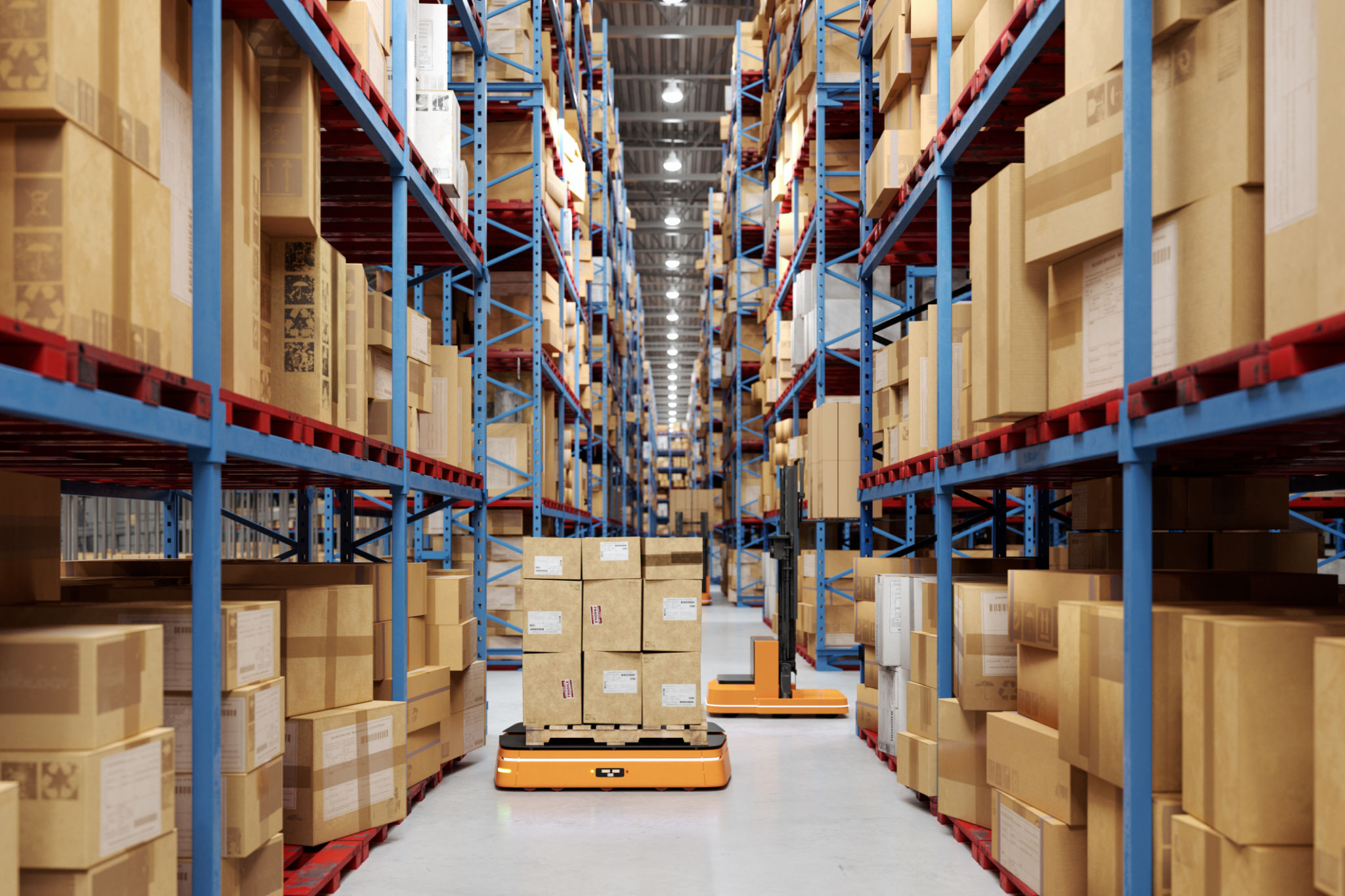Myth-Busting: Common Misconceptions About Automation in Construction
Understanding Automation in Construction
Automation in construction is transforming the industry by increasing efficiency and reducing costs. However, several misconceptions persist, leading to resistance and misunderstanding. In this post, we'll delve into some of these common myths and uncover the truth behind them.

Myth 1: Automation Replaces Human Jobs
A prevalent misconception is that automation will eliminate jobs in the construction sector. While automation does change the nature of some jobs, it doesn't necessarily replace them. Instead, it creates new roles and opportunities for skilled workers. For instance, operators are needed to manage and maintain automated machinery, and more advanced technical skills are in demand.
According to industry experts, automation can lead to job evolution rather than job elimination. Workers are often upskilled to work alongside machines, enhancing productivity and safety on construction sites.
Myth 2: Automation Is Too Expensive
Another common belief is that automation is prohibitively expensive, making it accessible only to large corporations. However, the initial investment in automation technology can lead to significant cost savings in the long run. By reducing human error, minimizing waste, and speeding up project timelines, automation can result in a more efficient and cost-effective operation.

Many companies offer scalable solutions, allowing smaller firms to gradually integrate automation into their processes. This approach helps businesses of all sizes benefit from technological advancements.
Myth 3: Automation Is Only for New Projects
Some believe that automation is only applicable to new construction projects. In reality, automation can be integrated into existing projects and renovation work. Technologies like drones, 3D printing, and robotic arms can be used to enhance current operations, improving accuracy and efficiency.
Automation in retrofitting and refurbishment projects can also help in reducing time and labor costs while maintaining high-quality standards.

Myth 4: Automation Compromises Quality
There's a fear that automation may lead to a decline in construction quality. On the contrary, automated systems often provide greater precision and consistency than manual processes. For example, automated bricklaying machines and laser-guided machinery ensure that every element is placed with exact accuracy.
By reducing human error and ensuring uniformity, automation can enhance the overall quality of construction projects, resulting in safer and more durable structures.
The Future of Construction
As technology continues to advance, automation in construction will become more prevalent, offering numerous benefits. From improving safety and efficiency to creating new job opportunities, automation is set to revolutionize the industry.
By dispelling these myths and embracing innovation, the construction sector can continue to grow and adapt, ensuring a more sustainable and technologically advanced future.
